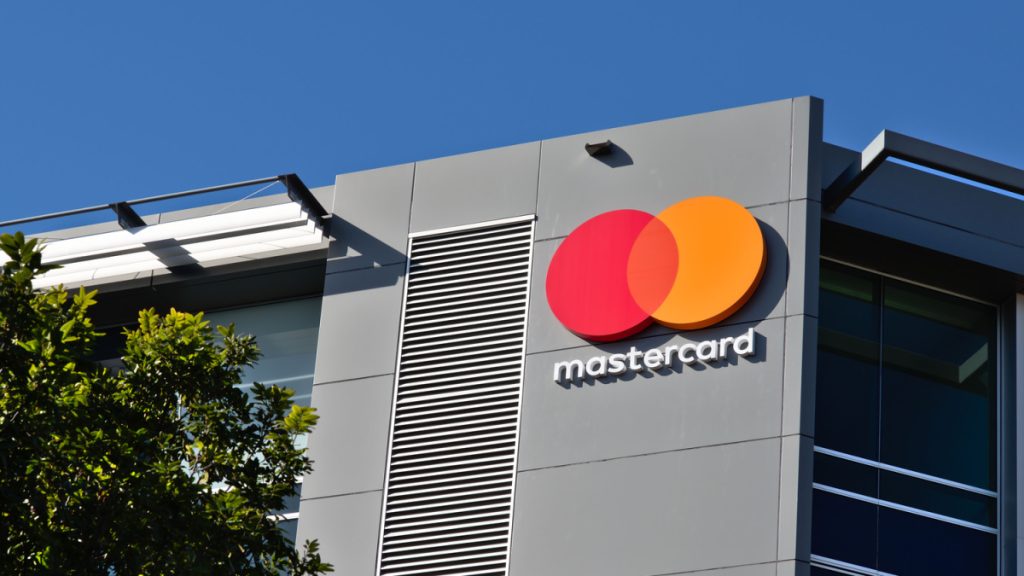The payments industry has a formidable arsenal of technologies at its disposal, and Mastercard, one of the global leaders in the sector, is confident in its ability to deliver a truy frictionless customer experience.
Following her appearance at the Pay360 conference in London last month, Mastercard’s Senior Vice President of Security Solutions and Processing, Tulsi Narayan, explained how the US payments giant is leveraging artificial intelligence (AI), biometrics and Open Banking to keep friction at a minimum.
PE: Are truly smooth payments possible or will there always be an element of friction for customers?
Tulsi Narayan: Truly smooth payments are possible, and advancements in technology continually strive to minimise friction in the customer experience. At Mastercard, we have been at the forefront of these efforts, developing multi-rail solutions that facilitate seamless transactions across various payment methods including bank accounts, blockchain, cards, digital wallets, and cash.
By expanding in payments, extending our services and embracing new networks, along with our partners we are creating a platform for innovation and giving people more convenience, flexibility and control.
PE: What technologies have the most potential for reducing payments friction in the customer journey?
Narayan: Technologies such as artificial intelligence (AI) and biometric authentication hold significant potential for reducing payments friction in the customer journey. AI-powered algorithms can analyse transaction patterns and personalise payment experiences.
Biometric authentication methods, including fingerprint or facial recognition, can enhance security and streamline the payment process by eliminating the need for passwords or PINs.
We have recently launched our new Biometric Authentication Service, which helps our partners make their digital experiences more secure, easier and faster, by removing any friction that endless passwords and multi-factor authentication prompts can create.
PE: What role can Open Banking play in finding this balance and what more needs to be done for it to be effectively used in this way?
Narayan: The shift to digital banking is significant, and people want more flexibility and convenience. Open Banking has emerged as a pivotal component in this transformation, facilitating smarter and more personalised digital banking experiences for users.
Mastercard is using Open Banking to connect people safely to new financial services like paying, borrowing, opening accounts, and running small businesses. We’re making sure these services work globally and locally.
We’re building increasing connectivity across the world and can help partners scale globally while also being locally relevant. We acquired Aiia in Europe, Finicity in the US, and we have licensing in Australia which enables us to unlock the potential of Open Banking for more Australian businesses and consumers, as it has in Europe and the US.

PE: How can effective fraud prevention be balanced with ensuring customer journeys remain smooth and frictionless?
Narayan: Balancing effective fraud prevention with ensuring smooth and frictionless customer journeys is crucial. Our identity solutions are a good example of this approach.
Enabling people to prove their identity seamlessly and securely, in both the digital and physical worlds, has a range of benefits – whether establishing a bank account or loan, interacting with government agencies and services, enabling a more personalised and efficient shopping experience (remotely or in store), and now, when travelling safely.
With our Digital Identity solutions, we have established a consumer-centric framework of principles or “bill of rights” that we see as fundamental to digital identity. Our model is based on a decentralised approach, with users in control of their data and ID information not stored in any one location that may be vulnerable to attack.
PE: Could we see artificial intelligence play a greater role in both preventing fraud and providing solutions to customers’ payments difficulties?
Narayan: Mastercard has been harnessing AI to protect over 125 billion payment transactions every year, preventing billions of dollars from being lost to cybercriminals, and detecting fraudulent activity by confirming people are who they say they are.
We have developed for example Identity Insights tools that leverage AI and machine learning technologies, utilising billions of identity elements and enabling comprehensive analysis and actionable insights across diverse datasets.
One notable success story involves a challenger bank, who integrated this technology into their onboarding process and tailored the journey based on risk profiles. By doing so, the bank reduced fraudulent accounts by 29% and boosted application sign-ups by 42%.
Our Consumer Fraud Risk solution in the UK uses AI to predict in real time which transactions are authorized push payment scams, stopping payments before money is lost.
PE: What inroads is Mastercard trying to make in this area? Can you detail some examples of what the company has been doing to minimise payments friction?
Narayan: Our AI-powered innovations aim to solve next-generation problems – including and beyond payments – to empower people with new digital tools and support our customers’ AI journeys, including personalization, digital identity, next-gen retail experiences and self-learning intelligent multi-rail networks.
In just the first six months of 2023, our Safety Net platform used AI to decline 162 million attempted fraud transactions and stopped over $20 billion in fraud in 2023. Our solution Brighterion creates AI models that identify behaviour indicative of money laundering, which are continuously updated to better reflect the evolving nature of techniques and tools used by criminals.

PE: Europe hosts several different regulatory frameworks. How does Mastercard balance security requirements and customer preferences around friction to jurisdiction-to-jurisdiction?
Narayan: Mastercard, like many multinational companies operating in Europe, faces the challenge of navigating diverse regulatory frameworks across different jurisdictions while balancing security requirements and customer preferences regarding payment friction.
At Mastercard, we diligently monitor and ensure compliance with the various regulatory frameworks across Europe. This includes adhering to the European Union’s General Data Protection Regulation (GDPR), Payment Services Directive 2 (PSD2), and other relevant laws and directives in each jurisdiction where it operates.
We are working with governments and regulators to forge common standards to improve trade and commerce, fortify trust and build a global economy that works for everyone.
PE: Is greater cross-sector collaboration needed to find a solution to payments friction or is the industry already on the right path?
Narayan: Absolutely, collaboration across sectors can bring diverse perspectives and expertise to the table. The future of innovation is in partnership and collaboration. We know that we can’t solve all of the problems we’d like to solve by ourselves.
That’s why we collaborate across all our future-facing technologies, with partners like Microsoft, Samsung and ID2020, to ensure that we take a broad view of how our solutions will be deployed and the impact they will make.
PE: How significant is customer engagement and education to guaranteeing a frictionless payment experience?
Narayan: In today’s rapidly evolving digital landscape, customer engagement and education play a pivotal role in guaranteeing a frictionless payment experience – and that goes beyond transactions.
By keeping customers informed and involved, we can streamline the payment process, address concerns promptly, and enhance overall satisfaction, ultimately leading to smoother payment experiences.
At Mastercard, we engage actively with all our customers and partners and keep them well-informed on payment innovations, features and best practices to help them refine their payment experiences and meet evolving customer expectations.
























